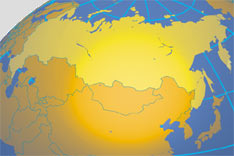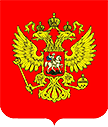- HOME
- Lithuania 2023
- 16th CEEPC Prague 2022
- Proteome & Proteomics
- Proteomics Potentiality
- Precision Medicine & Cancer
- Proteomics and COVID-19
- Big Data & AI
- Spotlight Lithuania
- Humanity
- Meeting Reports & Tributes
- Country Profiles
- Proteomic Snippets
- Enabling Advances
- Spotlight Czech Republic
- Spotlight Poland
- 13th CEEPC - Ustron, Poland
- Spotlight Romania
- 12th CEEPC - Bucharest
- Spotlight Slovakia
- Spotlight Macedonia
- Sports Medicine
- Contacts & Copyrights
History had a very big say in Central and Eastern Europe
CENTRAL AND EASTERN EUROPE – historical reality to date
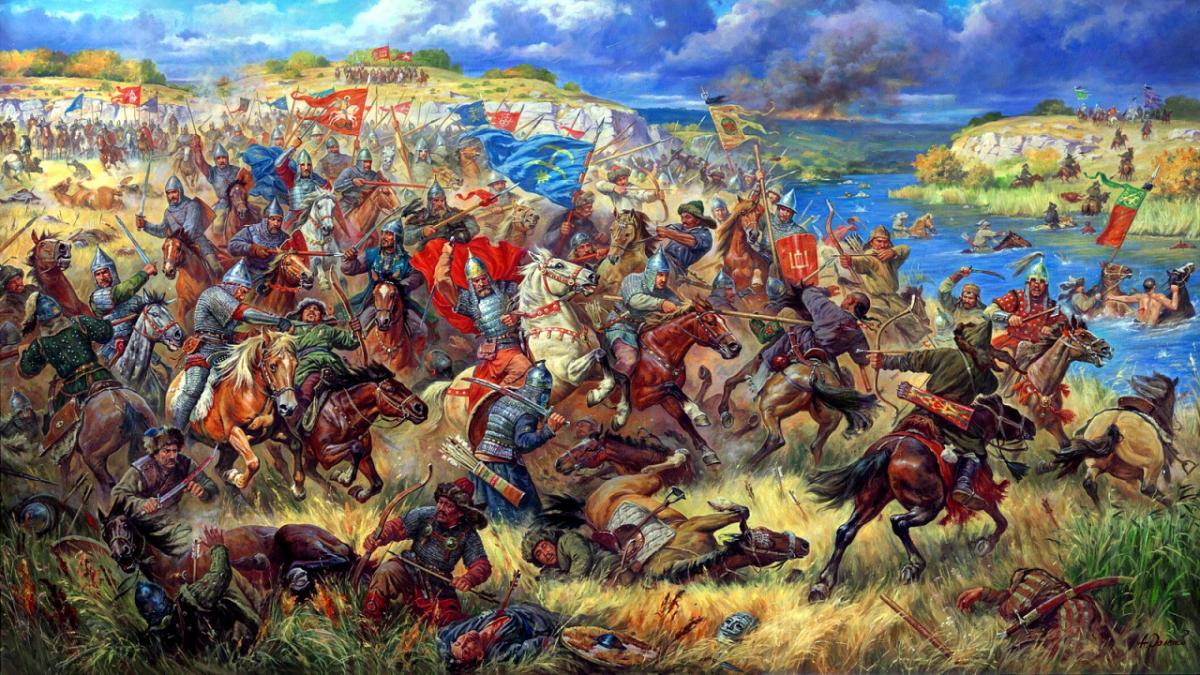
Centuries of wars

Centuries of differences
Empires came and went, wars were fought and lost, emblems and ideologies evolved and changed. Impenetrable walls, boundaries and borders sprang up and many remain to this day. More importantly, many old and traditional educational academies of excellence disappeared and with that also the interactions and exchanges of ideas.
The 100th anniversary of World War I in 2014 highlighted the past history of Central and Eastern Europe. The course of the war and its consequences had profound effect on this region. The war began and ended here and with its conclusion, new countries were formed and the maps re-drawn. The long term perspective and the ‘Man’s inhumanity to man’ has left an indelible mark in all minds. It was unimaginable and unthinkable of another war in Europe in 2022 and yet, once again, history has repeated itself.

Tower of London Exhibition of 'Poppies of War' - 2014
Man was made to mourn: A Dirge
Many and sharp the num'rous ills
Inwoven with our frame!
More pointed still we make ourselves
Regret, remorse, and shame!
And man, whose heav'n-erected face
The smiles of love adorn, –
Man's inhumanity to man
Makes countless thousands mourn
Robert Burns

Ceramic Poppy - each one repesents a life lost in the war and conflict
Currently, there is an 'on-going' war between Ukraine and Russia with Russia invading Ukraine as the World watches!
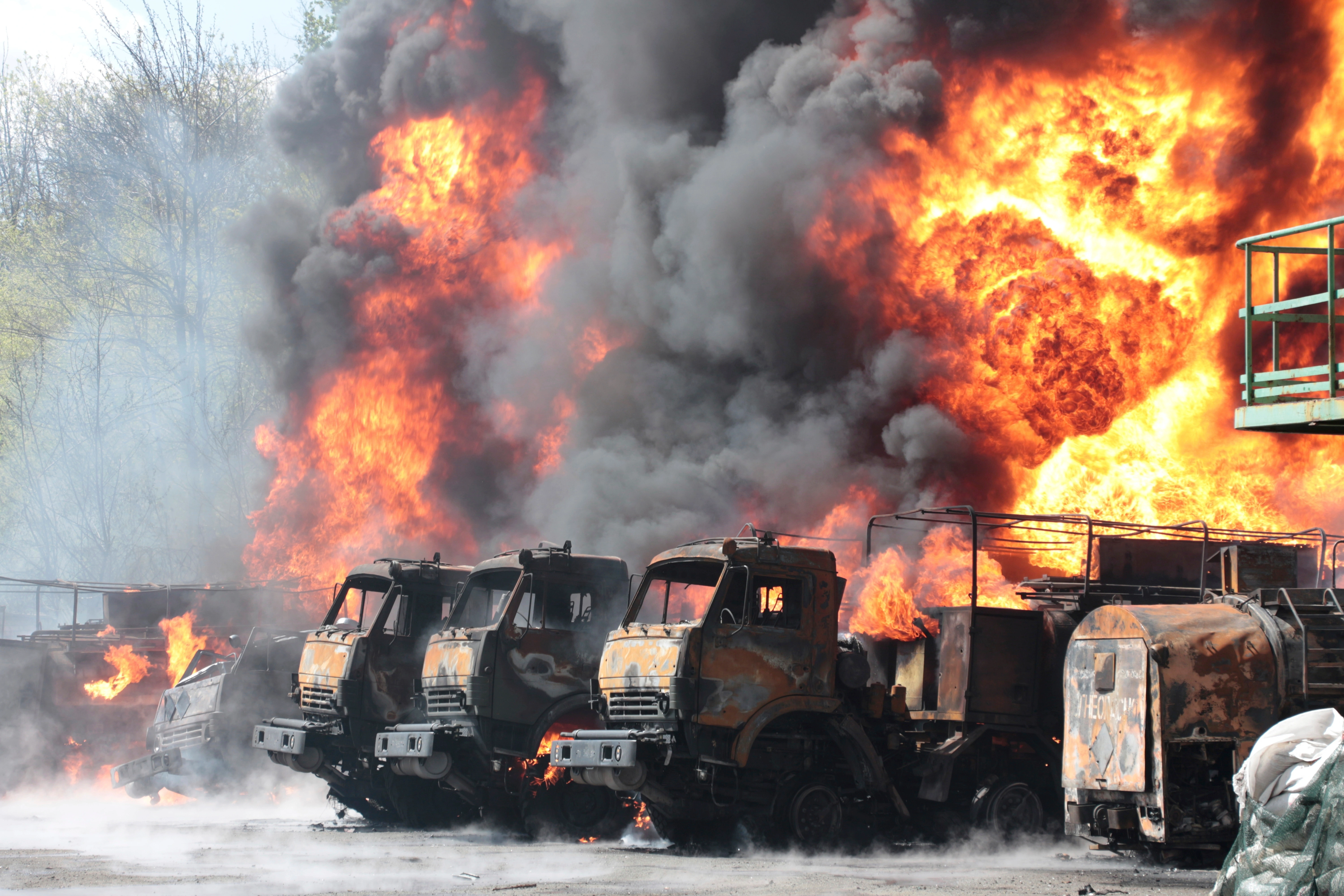
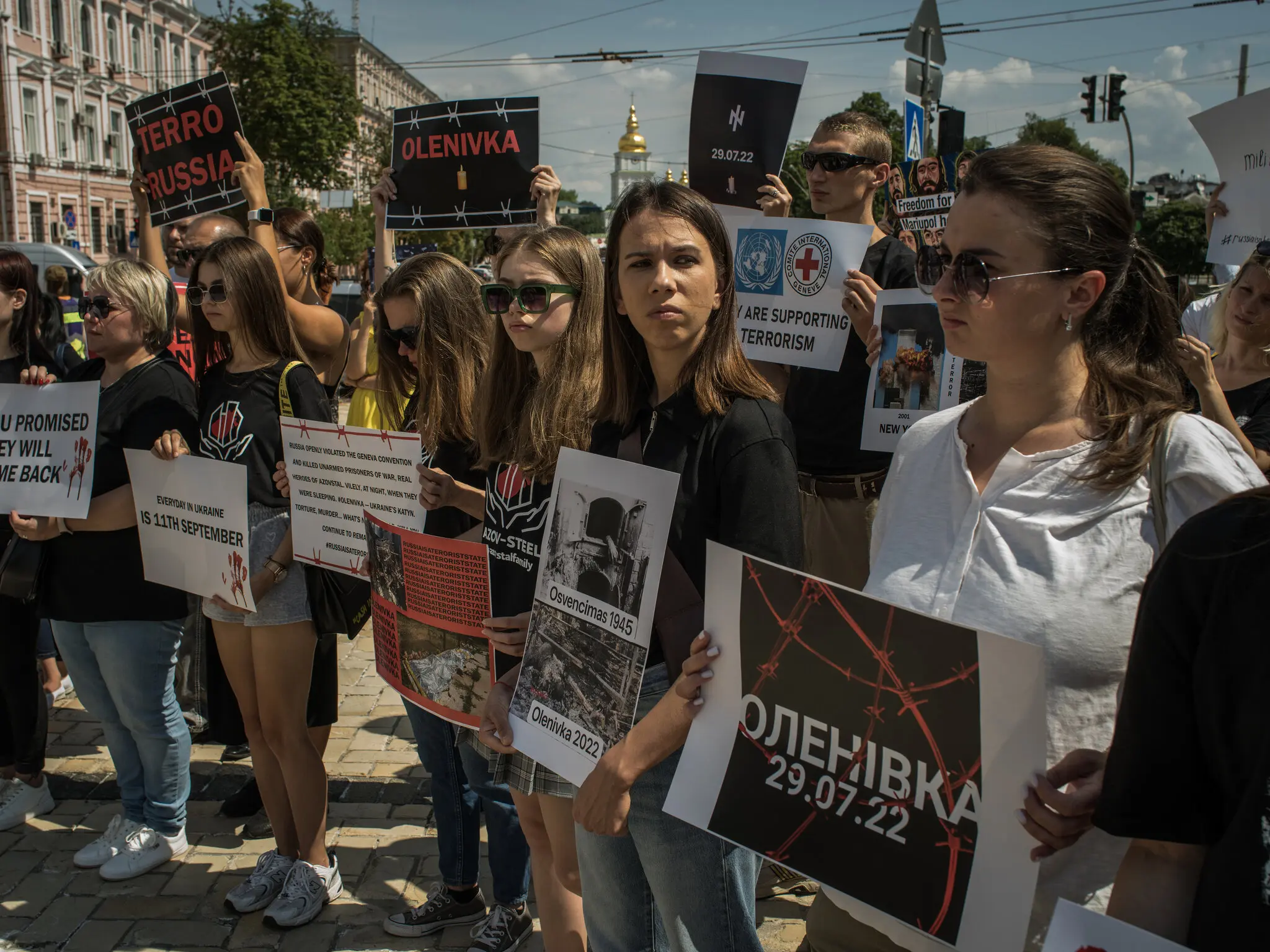
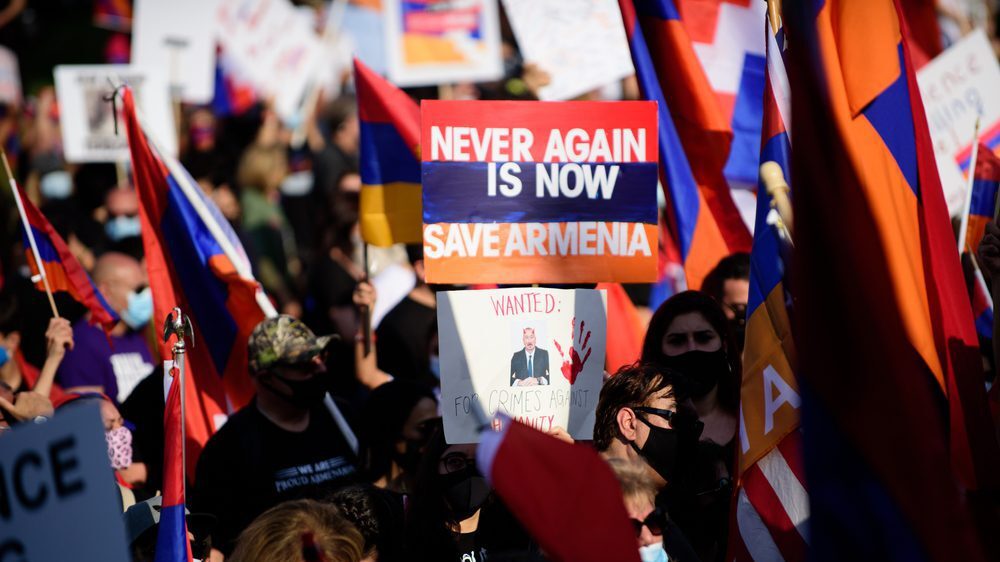
And also the Armenia -Azerbaijan war for Nagorno-Karabakh, with thousands of refuges fleeing !
However ...........
Our 'Central and Eastern Europe' is completely different to the ones above !
Science, medicine, humanity, friendship, networking and collaboration is what our CEEPC - ‘Central and Eastern Proteomic Conference’ stands for! We are a community of researchers, clinicians and scientists coming together for the common good with shared ideology to fulfil medical and scientific potentials regardless of borders, boundaries, politics, race, religion or ethnicity.
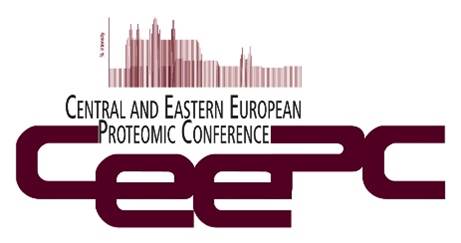
The CEEPC offers open access to all involved in the study of biological systems where the Proteome and Proteomics stands central to the study of proteins, which are key functionality elements of biological systems. Understanding or identifying these proteins may lead to cures for diseases.
CURRENT MEMBER COUNTRIES AND THEIR PROFILES
Czech Republic | Ceska Republika
Background
The Czech Republic is a landlocked country in central Europe. Before World War I, it was a part of Austria-Hungary; in 1918 the Czechs and neighboring Slovaks joined together and formed the independent republic of Czechoslovakia. During World War II, it was occupied by the Germans in 1939. After World War II, Czechoslovakia fell within the Soviet sphere of influence and became a member of the Warsaw Pact.
In 1968, an invasion by Warsaw Pact troops ended the efforts of the country's leaders to liberalize Communist Party rule and create "socialism with a human face" during the "Prague Spring". With the collapse of Soviet authority in 1989, Czechoslovakia regained its freedom through a peaceful "Velvet Revolution" and became a sovereign state.
On 1st January 1993, the country underwent a "velvet divorce" into its two independent national countries, the Czech Republic and Slovakia. In 1999 the Czech Republic became a member of the NATO and in 2004 a member of the European Union.
Border countries: Austria, Germany, Poland, Slovakia
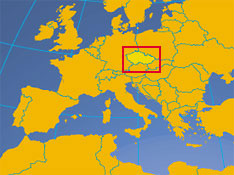
Federal Republic of Germany | Deutschland

Background
The Federal Republic of Germany is located in the heart of Europe. The nation-state now known as Germany was first unified in 1871 as a modern federal state, the German Empire. In the first half of the 20th century two devastating World Wars – World War I and World War II, of which Germany was responsible for. Millions of ethnic Jews and minorities were exterminated and many more died in the Wars.
With the advent of the Cold War, two German states were formed in 1949: the western Federal Republic of Germany (FRG) and the eastern German Democratic Republic (GDR). The democratic FRG embedded itself in key western economic and security organizations, the EC and NATO, while the communist GDR was on the front line of the Soviet-led Warsaw Pact. The decline of the USSR and the fall of Communism enabled Germany's unification in 1990 with the Berlin Wall coming down. Now with the unification of the two German states, Germany has became Europe's most populous nation and has strengthened its role as a key member of the European Union and of the continent’s economic, political, and security organizations.
Border Countries: Austria, Belgium, Czech Republic, Denmark, France, Luxembourg, Netherlands, Poland, Switzerland.

Austria | Österreich | Autriche

Background
At one time, Austria stood as the center of power for the large Austro-Hungarian Empire. However, Austria was reduced to a small republic after its defeat in World War I. Following annexation by Nazi Germany in 1938 and subsequent occupation by the victorious Allies, Austria's 1955 State Treaty declared the country "permanently neutral" as a condition of Soviet military withdrawal.
Neutrality, once ingrained as part of the Austrian cultural identity, has now been called into question since the Soviet collapse of 1991 and Austria's increasingly prominent role in European affairs. As prosperous country, Austria joined the European Union in 1995 and the euro monetary system in 1999.
Border countries: Czech Republic, Germany, Hungary, Italy, Liechtenstein, Slovakia, Slovenia, Switzerland.
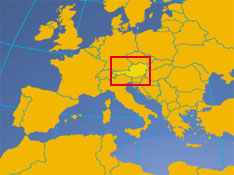
Republic of Hungary | Magyar Koztarsas

Background
Hungary was part of the polyglot Austro-Hungarian Empire, which collapsed during World War I. The country fell under communist rule following World War II. In 1956, a revolt and announced withdrawal from the Warsaw Pact were met with a massive military intervention by Moscow. In the more open Gorbachev years, Hungary led the movement to dissolve the Warsaw Pact and steadily shifted toward multiparty democracy and a market-oriented economy. Following the collapse of the USSR in 1991, Hungary developed close political and economic ties with Western Europe. It joined NATO in 1999 and currently is a fairly silent country grappling with its own internal problems and economy.
Border countries: Austria, Croatia, Romania, Serbia, Slovakia, Slovenia, Ukraine.

Republic of Poland | Rzeczpospolita Polska
Background
Poland gained its independence in 1918 only to be overrun by Germany and the Soviet Union in World War II. It became a Soviet satellite country following the war, but one that was comparatively tolerant and progressive. Labor turmoil in 1980 led to the formation of the independent trade union "Solidarity" (Solidarność) that over time became a political force and by 1990 had swept parliamentary elections and the presidency. A "shock therapy" program during the early 1990s enabled the country to transform its economy into one of the most robust in Central Europe, boosting hopes for acceptance to the EU. Poland became a full member of the EU on 1st May 2004.
Borders countries: Germany, Russia, Czech Republic, Slovakia, Ukraine, Belarus, Lithuania
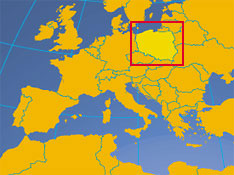
Romania

Background
Soviet occupation following World War II led to the formation of a communist "peoples’ republic" in 1947 and the abdication of the king. The decades-long rule of President Nicolae Ceausescu became increasingly draconian through the 1980s. The country disintegrated due to mismanagement, corruption and greed. Ceausescu was eventually overthrown and executed in late 1989. Former communists dominated the government until 1996 when they were swept from power. Much economic restructuring remains to be carried out before Romania can achieve its hope of joining the EU.
Border countries: Bulgaria, Hungary, Moldova, Serbia, Ukraine.
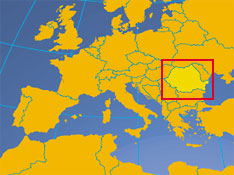
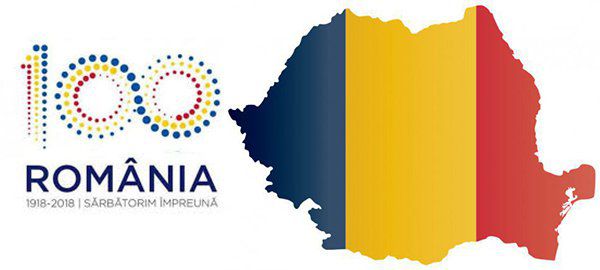 An important date - Romania 2018
An important date - Romania 2018
Republic of Macedonia | Republika Makedonija

Background
The Republic of Macedonia, formerly a part of Yugoslavia, declared independence in 1991. It is situated in the central part of the Balkan Peninsula and the country is characterized by large, high mountain massifs giving way to extensive, flat valleys and plains.
International recognition of The Former Yugoslav Republic of Macedonia's (FYROM) independence from Yugoslavia was delayed by Greece's objection to the new state's use of what it considered a Hellenic name and symbol. Greece finally lifted its trade blockade in 1995, and the two countries agreed to normalize relations, despite continued disagreement over FYROM's use of "Macedonia." FYROM's large Albanian minority and the de facto independence of neighboring Kosovo continue to be sources of ethnic tension.
Border countries: Albania, Bulgaria, Greece, Serbia.
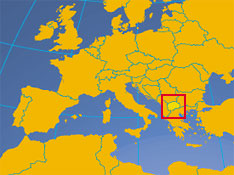
Slovak Republic| Slovenska Republika
Background
Formerly a part of Austria-Hungary, the Slovaks joined with the closely related regions of Bohemia and neighboring Moravia to form Czechoslovakia in 1918. In the chaos of World War II, Slovakia became a separate republic in 1938, tightly controlled by Germany. After World War II and during Post World War II period, in 1945 with the signing of the Warsaw Pact, Czechoslovakia has become a communist state within a Soviet-ruled Eastern Europe. With the collapse of the Soviet influence in 1989 Czechoslovakia became a sovereign state. Historical, political, and geographic factors resulted in Slovakia experiencing more difficulties than some of its Central European neighbors in developing from a centrally controlled economy to a modern day market economy. Eventually, in 1993 the Slovaks and the Czechs agreed to separate peacefully. In 2004 Slovakia became a member of the European Union and the NATO and currently doing well both economically as well as politically.
Border countries: Austria, Czech Republic, Hungary, Poland, Ukraine.
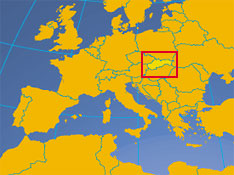
Lithuania
Background
Lithuania is an Eastern European country with a coastline at the Baltic Sea in west. It is the largest and most populous of the three Baltic states. Independent between the two World Wars, Lithuania was annexed by the USSR in 1940. On 11 March 1990, Lithuania became the first of the Soviet republics to declare its independence, but this proclamation was not generally recognized until September of 1991 (following the abortive coup in Moscow). The last Russian troops withdrew in 1993. Lithuania subsequently has restructured its economy for eventual integration into Western European institutions.
Border countries: Belarus, Latvia, Poland, and Russia (Kaliningrad) and it shares a maritime border with Sweden.
INVITEES - sadly, the war has created issues for Russia and several other countries
|
Russian Federation | Rossiyskaya Federatsiya |
|
|
Background Azerbaijan, Belarus, China, Estonia, Finland, Georgia, Kazakhstan, North Korea, Latvia, Lithuania, Mongolia, Norway, Poland, Ukraine |
The double-headed eagle is the State Seal of the Russian Federation. |
COUNTRIES ELIGIBLE TO JOIN WHEN THE TIME IS RIGHT !
We are communicating with the countries below:
Ukraine | Ukrayina - sadly the country is now embroiled in a war

Background
Ukraine, a country in Eastern Europe, and the second largest country in Europe after Russia. The Crimean Autonomous Republic - encompassing the Crimean Peninsula, or Crimea, in the South was included in Ukraine's borders until recently annexed by force by Russia in 2014. This has led to serious political issues where currently Russia has been isolated by sanctions for its actions and interference in the politics of an independent country.
Richly endowed in natural resources, Ukraine has been fought over and subjugated for centuries; its 20th-century struggle for liberty has just in fact started once again. A short-lived independence from Russia (1917-1920) was followed by brutal Soviet rule that engineered two artificial famines (1921-22 and 1932-33) in which over 8 million died, and World War II, in which German and Soviet armies were responsible for some 7 million more deaths.
Although independence was attained in 1991 with the dissolution of the USSR, true freedom remains elusive as many of the former Soviet elite remain entrenched, stalling efforts at economic reform, privatization, and civic liberties. Once again, Ukraine has been thrown into turmoil as the West watches, waits and wonders what to do.
Today's sad reality - Ukraine Russia War - February 2022
Russian President Vladimir Putin criticized the enlargement of NATO as a threat to his country and demanded Ukraine be barred from ever joining the military alliance. He also questioned Ukraine's right to exist, and stated Ukraine was wrongfully created by Soviet Russia. On the 21st February 2022, Russia officially recognised the two self-proclaimed separatist states in the Donbas and sent troops to the territories. Three days later, Russia invaded Ukraine after Putin announced a "special military operation". Much of the international community have condemned Russia for its actions in post-revolutionary Ukraine, accusing it of breaking international law and violating Ukrainian sovereignty. Many countries implemented economic sanctions against Russia, Russian individuals, or companies, especially after the 2022 invasion.
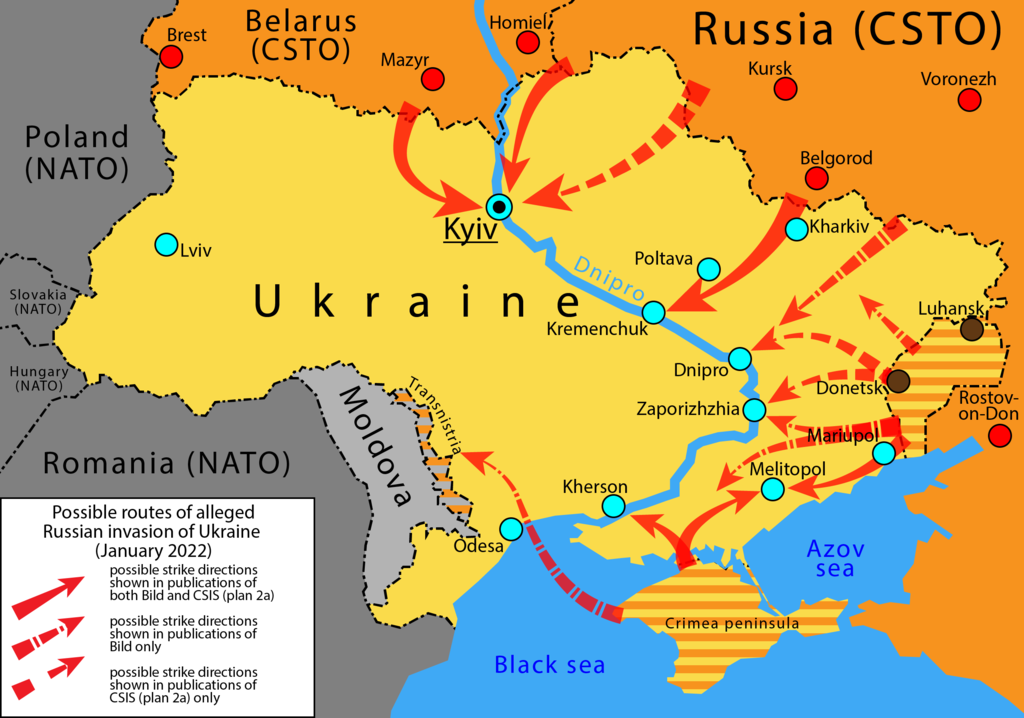
Border countries: Belarus, Hungary, Moldova, Poland, Romania, Russia, Slovakia
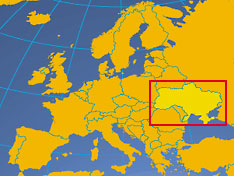
Republic of Slovenia | Republika Slovenija
Background
The South Central European country of Slovenia stretches between the Adriatic Sea and the Alps. In 1918 the Slovenes joined the Serbs and Croats in forming a new nation named Kingdom of Serbs, Croats and Slovenes, renamed as Yugoslavia in 1929. After World War II, Slovenia became a republic of the renewed Yugoslavia, which though communist, distanced itself from Moscow's rule. Dissatisfied with the exercise of power of the majority Serbs, the Slovenes succeeded in establishing their independence in 1991. Since then, Slovenia has successfully integrated into the international community and is now a full member of the European Union and NATO.
Border countries: Austria, Croatia, Italy, Hungary
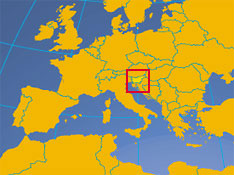
Republic of Belarus | Respublika Bielarus

Background
After seven decades as a constituent republic of the USSR, Belarus attained its independence in 1991. It has retained closer political and economic ties to Russia than any of the other former Soviet republics. Belarus and Russia signed a treaty on a two-state union on 8 December 1999 envisioning greater political and economic integration. Although Belarus agreed to a framework to carry out the accord, serious implementation has yet to take place. Since his election in July 1995 as the country's first president, Alexander LUKASHENKO has steadily consolidated his power through authoritarian means. The Constitution revision by national referendum of 24 November 1996 gave presidency greatly expanded powers and became effective 27 November 1996, revised again 17 October 2004 removing presidential term limits. Government restrictions on freedom of speech and the press, peaceful assembly, and religion continue.
Border countries: Latvia, Lithuania, Poland, Russia and Ukraine
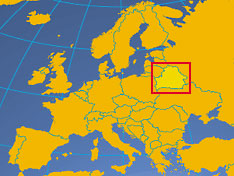
Republic of Bulgaria | Republika Bulgari
Background
Bulgaria earned its independence from the Ottoman Empire in 1878, but having fought on the losing side in both World Wars, it fell within the Soviet sphere of influence and became a People's Republic in 1946.
Communist domination ended in 1990, when Bulgaria held its first multi-party election since World War II and began the contentious process of moving toward political democracy and a market economy while combating inflation, unemployment, corruption, and crime. Today, reforms and democratization keep Bulgaria on a path toward eventual integration into NATO and the EU - with which it began accession negotiations in 2000.
Border countries: Greece, Macedonia, Republic of Romania, Serbia, Turkey.

There are many other countries which would love to join the CEEPC in their quest for Proteomics and a need for interactivity including:
Croatia - fruitful discussions ongoing
Slovenia - interesting contacts established
Latvia - Interactions
Lithuania - 'on-boarded' in 2023 and now part of CEEPC
Estonia - fruitful discussion
Moldova - contacts established
NB - the Russian - Ukranian War has impacted many of the above countries but CEEPC will continue its quest!
Uniqueness of interaction, collaboration and friendship without worry of borders
As more surrounding countries around the Central and Eastern Hub progress both economically and educationally, it remains the aim of the CEEPC to encourage and invite closer ties and collaboration in science, medicine and in particular, ‘Proteomics’ by linking these countries to CEEPC for cross collaboration and advancement of science and medicine – in fact CEEPC was established with this in mind and this strong ethos remains true to this day.
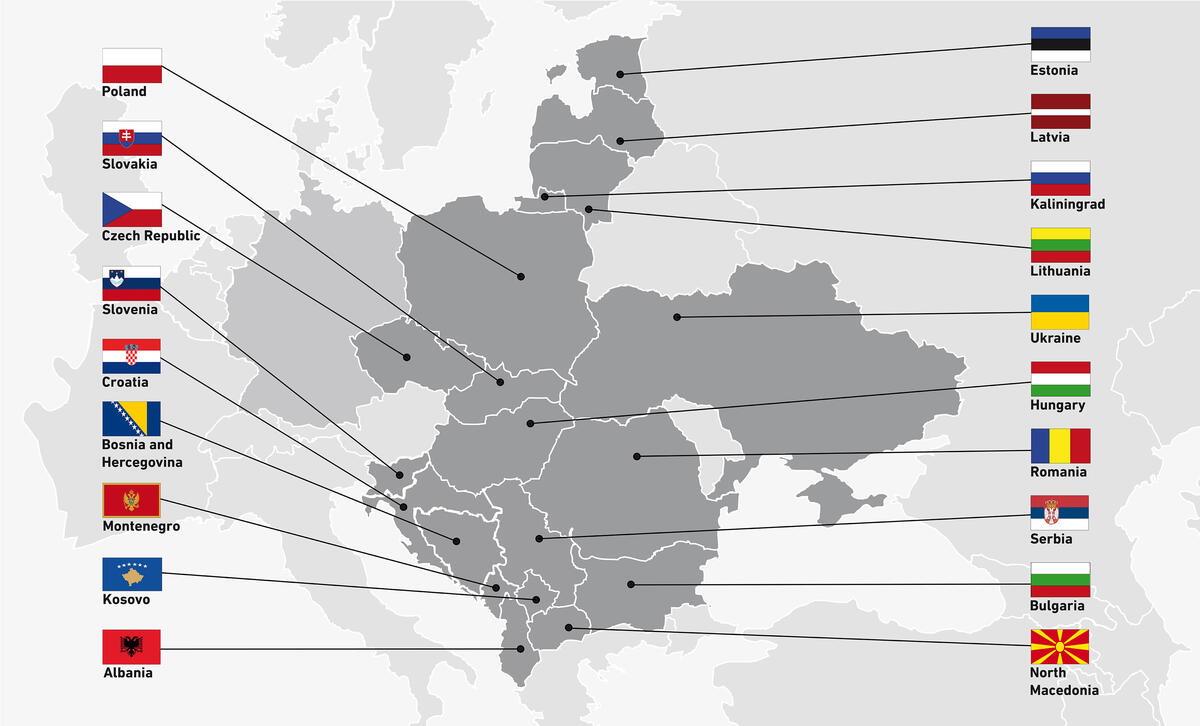

At least a commonality that we enjoy in Central Eastern Europe !
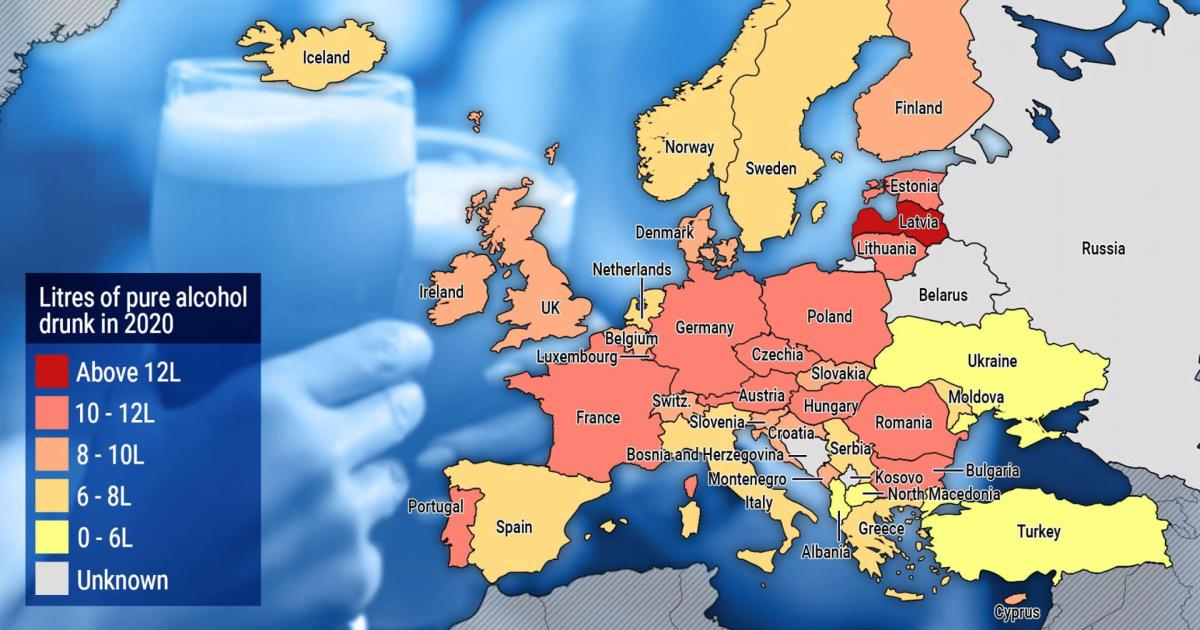
 Central and Eastern European spontaneity with fluidic commonality & interactions (all encompassing!)
Central and Eastern European spontaneity with fluidic commonality & interactions (all encompassing!)

